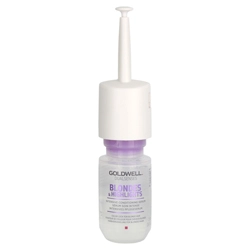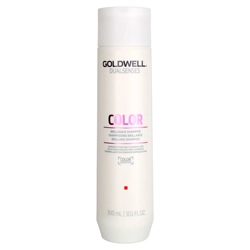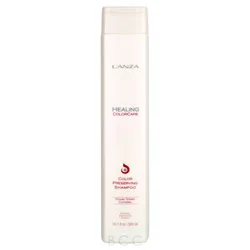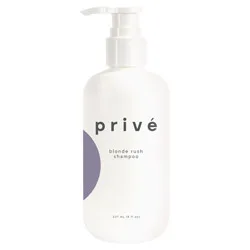Know your color terms.
Thinking of coloring your hair? Before you consult your stylist, learn the terms below, so you'll understand their terms as you decide on your new look!
- Base Color: Color applied at the root area or all-over before a dimensional/creative color technique is done.
- Contrast: Contrast is a value applied to highlights. High-contrast highlights are much lighter than the surround hair and provide a dramatic look. Lower contrast highlights result in a more natural look.
- Cool: Cool is a tonal value that can apply to blonde, brunette and red shades. A color is said to have "cool tones" if it tends toward blue, violet or green. Cool colors include platinum blondes, ash browns and plum reds.
- Coverage: Coverage is a measure of a hair color's ability to cover gray. Some hair color formulations are too transparent to effectively cover grey hair.
- Dimension: Dimension is a function of the range of tones in your hair. A head of hair that is all one color is said to be "flat" or lacking dimension. Your stylist creates dimension to your hair with highlights or low lights.
- Double Process: A double process color refers to anytime two color services are done in one visit. Generally this is done by doing the first color service, washing and drying the hair, then doing the second color. This can include lightening the hair than applying a toner, or doing a permanent color followed by a glaze.
- Express Highlights: Express highlights are done by apply a small amount of foils or painted-on pieces, usually focused on framing the face.
- Glaze: Glazes involve using a semi-permanent color to enhance, enrich, change, match, tone down or intensify natural or color-treated hair while harmonizing contrast.
- Hair Painting: Hair Painting, also known as balayage, is the process of free-handing or sweeping hair color, lightener or toner downwards in soft strokes directly on the surface of the desired section. This method is used to create dimension with a natural, softer look.
- Highlights: Highlighting hair means isolating select strands in the hair and treating them with a hair color or lightener to make them lighter than the base/natural color. Highlights can add dimension by contrasting with the rest of the hair and are created with foils, a cap or special combs or brushes used for painting on the color.
- Lift: Lift is the chemical process of lightening the color of the hair. Different hair color formulations have different lifting abilities.
- Low Lights: Low lights are created by using color with foils, camps, or painted on to darken specific pieces of hair to create dimension. Generally, low lights will be 2-3 levels darker than the base color and slightly warmer.
- Re-balancing: Re-balancing is the process of bringing the hair back into balance and can be created with a combination of highlights and low lights and/or glazes.
- Trend Pastel: Trend Pastel refers to the softened, lightened hues of colors such as red, purple, green, orange, yellow or blue. Pastel tones of color are meant as colorants and toning shades, and are best achieved when applied to very pale blonde hair. Your stylist may first have to remove the color from your hair.
- Tone: Tone, in hair coloring, is the term used to describe a specific color - "golden" blonde, "coppery" red, "ash" brown. Colors are divided into warm tones and cool tones.
- Warm: Warm is a tonal value that can apply to blonde, brunette and red shades. A color is said to have "warm" tones if it tends toward yellow, orange or red. Warm colors include golden blondes, auburn brunettes, and coppery.
Related Products
Comments & Discussion
No comments yet.
65737

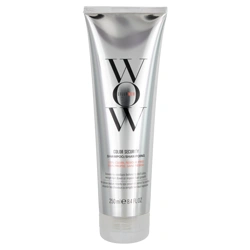
 write a review
write a review
